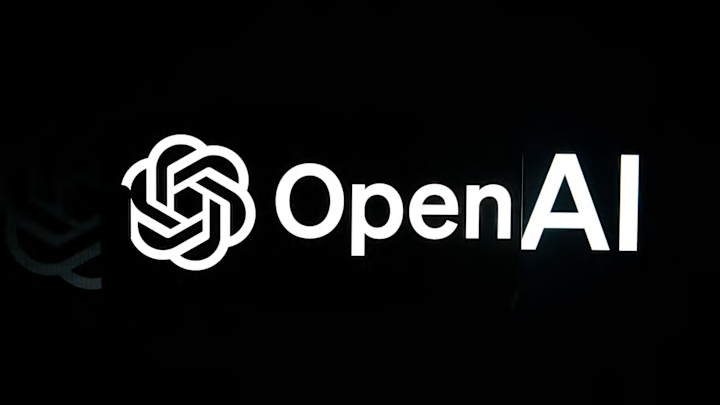Even before the COVID-19 pandemic, the rise of social media has allowed misinformation to affect the way many of us see the world, and the increase of AI over the last few years has only worked to exacerbate the situation. It can create lifelike images and even videos of people saying and doing things they have never done, causing several countries to begin pushing for tougher laws. However, could AI also be a powerful tool for helping to stop the spread of misinformation?
The Misinformation Crisis
False or misleading information shared with the intent to deceive is more dangerous now that it can go viral within a few minutes of posting, and so few people are doing any research to back up the claims in a post. In some cases, moderating the posts can even be seen as going against the free speech ideal that social media platforms are all about.
While some misinformation is relatively harmless, other types can have serious consequences. For example, during the COVID-19 pandemic, false claims about vaccines and treatments put lives at risk. In politics, misleading information can erode trust in democratic processes, making it hard to know who to support.
How AI Can Combat Misinformation
Content Verification
One of the best ways that AI can help fight against misinformation is through content verification. AI-powered algorithms can analyze content in real time, cross-referencing it with verified databases and fact-checking resources to identify false claims before they gain traction. For instance, tools like Google’s Fact Check Explorer use AI to flag misleading information in articles or social media posts.
Natural Language Processing (NLP) for Fact-Checking
Natural Language Processing (NLP), a branch of AI, enables machines to understand, interpret, and respond to human language. They can read and analyze large volumes of text, identifying patterns or key phrases that indicate whether a piece of information might be false or misleading. Advanced NLP models can even “understand” the context of a post.
AI in Detecting Deepfakes
Another thing that AI is particularly good at is detecting the subtle visual or auditory inconsistencies of a piece of content using advanced algorithms on a pixel-by-pixel level to detect a deep fake. Companies like Facebook and Microsoft have invested heavily in AI research to combat deepfake technology and it will only get better over time.
Monitoring and Predicting Misinformation Spread
AI is also capable of monitoring current trends and behaviors and can predict when misinformation might see a spike in misinformation. Additionally, machine learning algorithms can track how misinformation spreads across different channels, providing insights into its origins and the tactics used to propagate it.
Automated Content Moderation
One of the greatest challenges for platforms like Facebook, Twitter, and YouTube is moderating the vast amount of content shared every second. Manual moderation is simply not feasible at scale, and that’s where AI comes in. AI-powered systems can automatically detect and flag problematic content based on predefined criteria, such as hate speech, incitement to violence, or misinformation. While not perfect, automated moderation can be the first line of defense in stopping harmful content from going viral.
Challenges and Limitations
- AI systems are not infallible and can sometimes flag legitimate information as false or misleading.
- Using AI to monitor content on a massive scale raises ethical questions about surveillance and freedom of expression.
Follow GeekSided to stay up to date on all things AI
